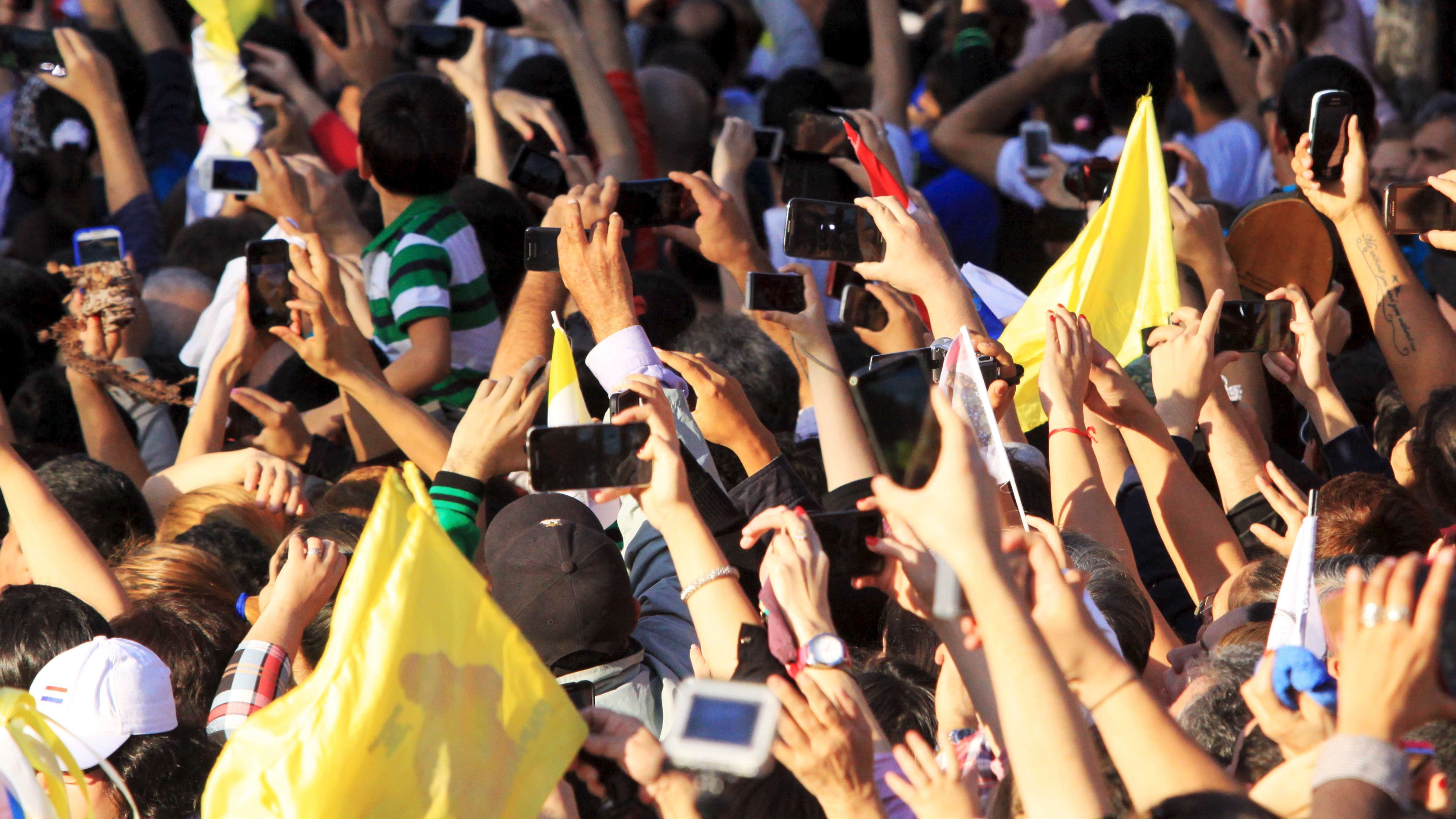Almost Half of British Teens Feel Addicted To Social Media, Study Says
The latest research, by Dr Amy Orben’s team at the University of Cambridge, used data from the Millennium Cohort study which is tracking the lives of about 19,000 people born in 2000-2002 across England, Scotland, Wales and Northern Ireland. When the cohort were aged 16-18 they were asked, for the first time, about social media use. Of the 7,000 people who responded, 48% said they agreed or strongly agreed with the statement “I think I am addicted to social media.” A higher proportion of girls (57%) agreed compared to boys (37%), according to the data shared with the Guardian.
Scientists said this did not mean that these people are actually suffering from a clinical addiction, but that expressing a perceived lack of control suggests a problematic relationship. “We’re not saying the people who say they feel addicted are addicted,” said Georgia Turner, a graduate student leading the analysis. “Self-perceived social media addiction is not [necessarily] the same as drug addiction. But it’s not a nice feeling to feel you don’t have agency over your own behavior. It’s quite striking that so many people feel like that and it can’t it be that good.”
“Social media research has largely assumed that [so-called] social media addiction is going to follow the same framework as drug addiction,” said Turner. Orben’s team and others argue that this is likely to be oversimplistic and are investigating whether the teenagers cluster into groups whose behavioral can be predicted by other personality traits. It could be that, for some, their relationship is akin to a behavioral addiction, but for others their use could be driven by compulsive checking, others may be relying on it to cope with negative life experiences, and others may simply be responding to negative social perceptions about “wasting time” on social media.

